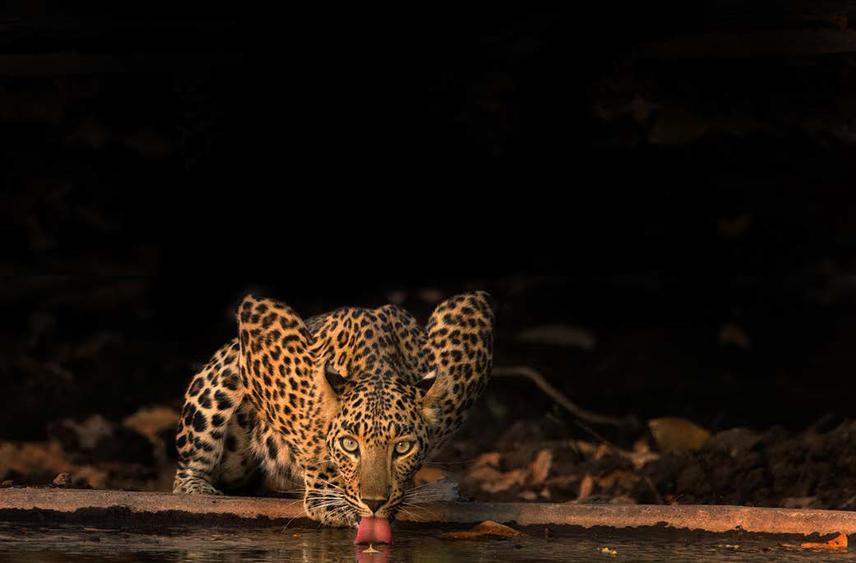Krithi K. Karanth
Other projects
19 Mar 2015
Wild Seve: Transforming Human-Wildlife Conflicts in India Using Mobile Technology and Crisis Mapping
We expect to reach 60 high-conflict villages around Karnataka’s wildlife reserves. In each village, we will conduct a program expecting to reach ~10,000 people. We will involve farmers, village panchayats, community centres, government staff, and family members, especially women. The program will integrate preventive safety measures, response protocols, and basic first-aid training for humans and animals (wildlife/livestock). It will incorporate sensitization aimed at reducing retaliatory action and mob frenzies, by increasing awareness about conflict and promoting higher communication and mutual understanding between locals and the government.
Our program will result in fewer cases of preventable wildlife-caused human injury/death, less livestock depredation, and fewer incidences of mob violence and retaliation. It will also lead to better availability of first-aid tools, safety guidelines, and emergency contact information.

Human-wildlife conflict (HWC) is a threat to public safety around India’s wildlife reserves. Alongside crop, property, and livestock damage, hundreds of injuries and deaths occur due to altercations with wildlife. Frustration can lead to mob violence and retaliatory action. We will initiate a public safety training and awareness program in 60 conflict prone villages near Karnataka’s wildlife reserves. These reserves are home to recovering populations of several globally threatened and conflict-prone species.
Our public safety training and awareness program will teach participants how to prevent and safely respond to dangerous conflict situations that occur when wild animals enter human areas or vice versa. We will aim to conduct this program in 60 high conflict villages around these reserves, engaging with participants including farmers, families, village panchayats, community centres, and government (forest, police, revenue) staff.
The outcomes of our program will hopefully lead to better availability of first aid tools, safety guidelines, and emergency contact information. The impact expected in high conflict areas is increased public safety, more tolerance for wildlife, more awareness of conflict, and more trust between locals and the government. In the long term, we hope it will lead to more peaceful co-existence between threatened species and people living on the frontlines of conservation.